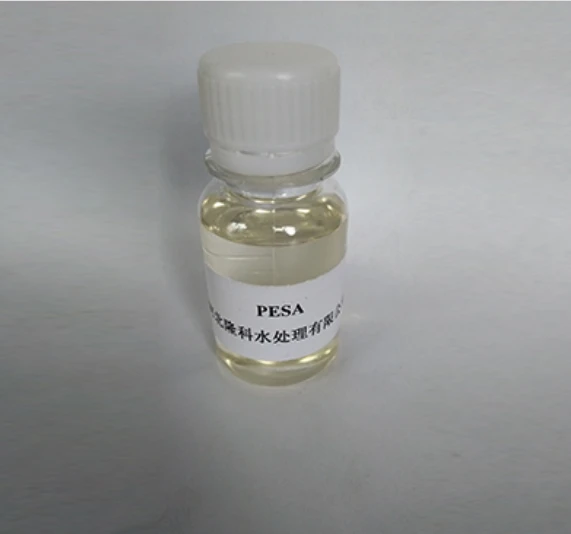dtpmpa
Understanding the DTPMPA A Key Component in Water Treatment
In the world of water treatment, various chemicals play crucial roles in ensuring that water is safe, clean, and suitable for various purposes. Among these chemicals, DTPMPA (Diethylenetriaminepenta(methylene phosphonic acid)) stands out due to its multifunctional characteristics and applications. This article explores DTPMPA, its properties, and its significance in the field of water treatment.
What is DTPMPA?
DTPMPA is a phosphonic acid derivative that belongs to the family of chelating agents. Its chemical structure consists of multiple phosphonic acid groups attached to a backbone composed of diethylenetriamine. This unique configuration allows DTPMPA to bind with various metal ions, making it an effective chelating and scale-inhibiting agent.
Properties of DTPMPA
One of the most notable properties of DTPMPA is its excellent solubility in water. This characteristic makes it highly suitable for use in aqueous systems common in water treatment processes. In addition to its solubility, DTPMPA boasts high stability across a wide range of pH levels, making it effective in both acidic and alkaline environments.
Furthermore, DTPMPA has a strong affinity for metal ions such as calcium (Ca²⁺), magnesium (Mg²⁺), and iron (Fe²⁺). By forming stable complexes with these ions, DTPMPA can effectively prevent them from precipitating out of solution, thereby reducing the formation of scale and corrosion in industrial water systems.
Applications of DTPMPA
.
1. Scale Inhibition In systems like cooling towers, boilers, and heat exchangers, the accumulation of scale can significantly impair efficiency. DTPMPA's ability to chelate metal ions helps to inhibit scale formation, maintaining optimal performance and reducing maintenance costs.
dtpmpa

2. Corrosion Control By stabilizing metal ions, DTPMPA helps mitigate corrosion in water systems. This is particularly important in industries where metallic components are exposed to aggressive environments, thus extending the lifespan of equipment and piping.
3. Dispersing Agent DTPMPA is effective as a dispersant, preventing the aggregation of suspended particles in water. This property is beneficial in various applications, including wastewater treatment, where it aids in the smooth operation of clarification and filtration processes.
4. Agricultural Uses In agriculture, DTPMPA is used as a chelating agent to increase the availability of micronutrients to plants. By binding to essential metals, it enhances nutrient uptake in crops, contributing to better yields and healthier plants.
Environmental Considerations
While DTPMPA offers numerous benefits, it is essential to consider its environmental impact. The persistence of phosphonic acids in the environment has raised concerns regarding their potential effects on aquatic ecosystems. As a result, responsible use and effective disposal methods should be prioritized to mitigate any adverse impacts.
Future Trends
As the demand for efficient water treatment solutions continues to grow, the significance of chemical agents like DTPMPA is likely to increase. Researchers are also exploring innovative formulations and applications to enhance its effectiveness while minimizing environmental impacts. The development of biodegradable alternatives is another area of interest, as industries strive for sustainability in their operations.
Conclusion
DTPMPA represents a critical component in modern water treatment practices. Its multifunctional properties make it a valuable tool for preventing scale, controlling corrosion, and enhancing nutrient availability in agriculture. As sustainability becomes a focal point across industries, the continued exploration of DTPMPA and its applications will be crucial. By understanding and utilizing DTPMPA effectively, industries can contribute to cleaner water and a healthier environment.
-
2-Phosphonobutane-1,2,4-Tricarboxylic Acid: Scale & CorrosionNewsAug.29,2025
-
Premium Isothiazolinones | Broad-Spectrum Biocidal SolutionsNewsAug.28,2025
-
LK-319 Special Scale And Corrosion Inhibitor For Steel Plants: Advanced Solutions for Industrial Water SystemsNewsAug.22,2025
-
Flocculant Water Treatment: Essential Chemical Solutions for Purification ProcessesNewsAug.22,2025
-
Isothiazolinones: Versatile Microbial Control Agents for Industrial and Consumer ApplicationsNewsAug.22,2025
-
Scale Inhibitor: Key Solutions for Water System Scale PreventionNewsAug.22,2025





